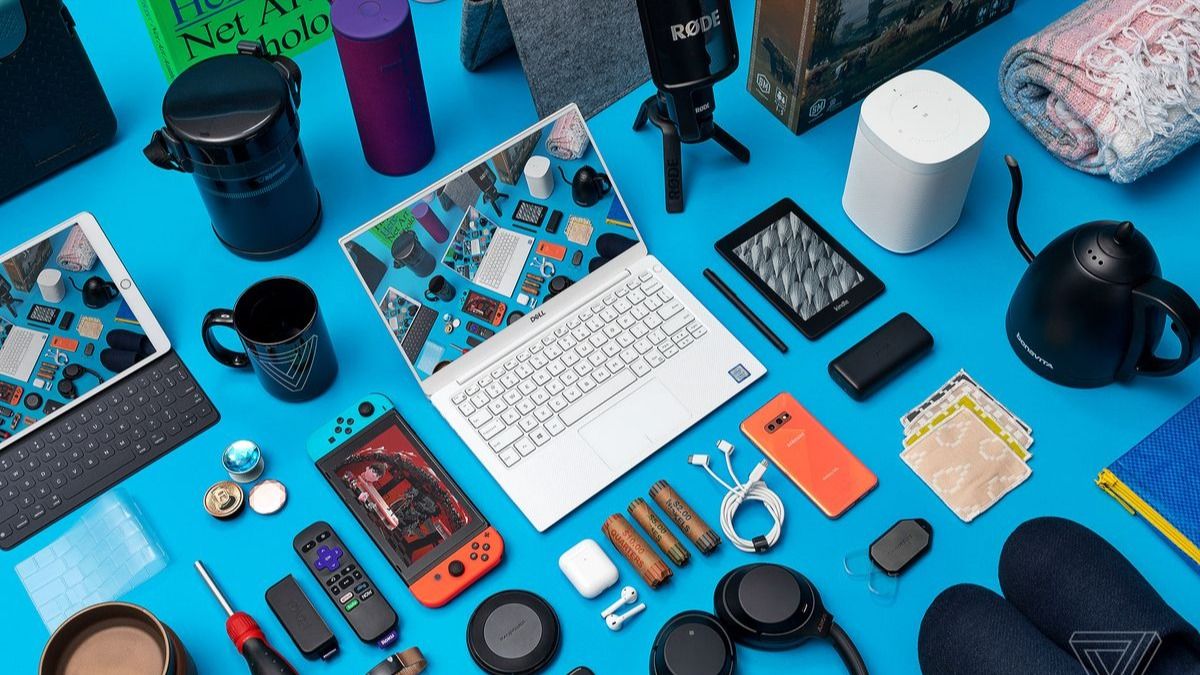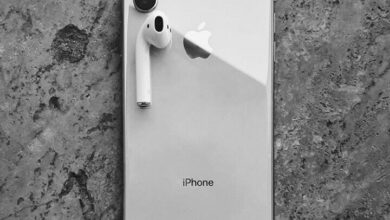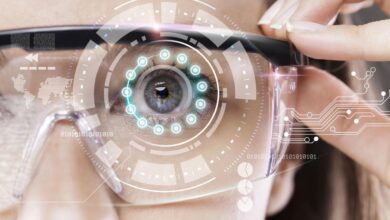How Smart Gadgets Change Us
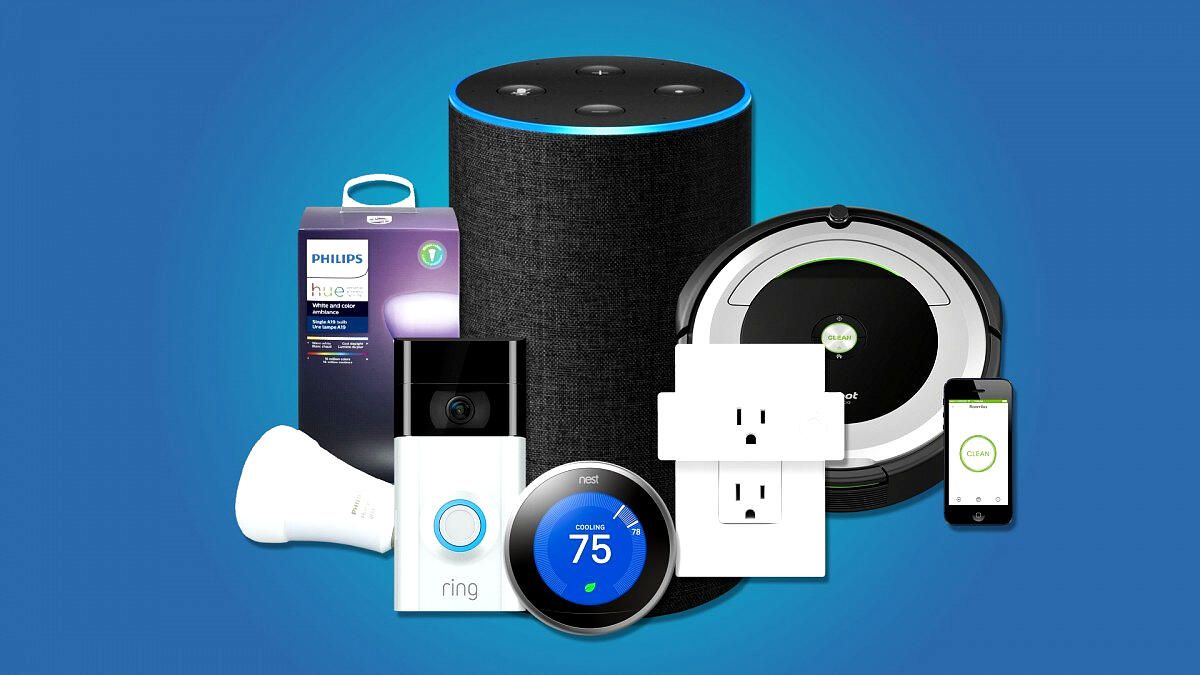
Understanding Our Bond With Technology
In a world increasingly defined by digital convenience, the line between human and machine is blurring. We no longer just use technology; we live with it. From the moment our smart alarm wakes us in the morning to the last text we send at night, our lives are intricately woven with smart gadgets. This isn’t just a trend; it’s a fundamental shift in how we think, feel, and interact with the world around us. These devices are more than just tools; they are powerful extensions of ourselves, silently and profoundly changing our habits, our relationships, and even our brains.
This change is both exciting and unsettling. On one hand, smart technology offers unprecedented access to information, connection, and efficiency. On the other, it introduces new challenges, from the erosion of privacy to the struggle for digital well-being. Understanding this relationship is crucial for navigating the future, as it’s a future where our identity will be shaped as much by our physical experiences as by our digital ones.
The Evolution of the Smart Gadget
The smart gadget revolution didn’t happen overnight. It was a gradual evolution from simple tools to complex, interconnected systems.
A. From Tools to Companions
Initially, technology was a simple utility. A calculator solved a math problem; a phone made a call. Today, our devices are designed to anticipate our needs and respond to our behavior. A fitness tracker doesn’t just count steps; it analyzes our sleep patterns and heart rate, offering personalized health advice. A smart speaker doesn’t just play music; it manages our schedules and controls our home environment. This transformation from passive tools to active companions has made technology an ever-present part of our lives.
- Contextual Awareness: Smart gadgets are becoming increasingly aware of our context. A smartwatch knows if we’re exercising or sleeping. A smart car can detect traffic patterns and suggest alternative routes. This contextual awareness makes technology more seamless and, in some ways, more human-like.
- Personalized Experiences: The data collected by our devices allows for a hyper-personalized experience. Streaming services recommend shows based on our viewing history. Social media feeds are curated to our interests. This personalization can be incredibly convenient, but it also creates a feedback loop that can reinforce our existing biases and habits.
B. The Data-Driven Self
Every interaction with a smart gadget generates a data point. This constant stream of information is being used to build a comprehensive digital profile of who we are. Our devices know our location, our health metrics, our browsing history, and our social connections.
- Predictive Power: This data isn’t just a record of the past; it’s a window into the future. Companies use it to predict consumer behavior, while governments use it for urban planning. This predictive power has immense potential for good, but it also raises serious ethical questions about privacy and surveillance.
- The Quantified Self: For individuals, this data has led to the rise of the “quantified self.” We use fitness trackers to measure our activity, smart scales to track our weight, and apps to monitor our sleep. This constant self-measurement can be a powerful motivator for positive change, but it can also lead to an obsessive focus on metrics, causing stress and anxiety.
The Psychological and Social Impact
The integration of smart gadgets into our lives has profound psychological and social consequences, changing how we interact with others and ourselves.
A. Altered Social Dynamics
Smartphones, in particular, have reshaped our social landscape. While they connect us globally, they can also create a sense of social isolation in face-to-face interactions.
- The Fomo Effect: The constant stream of information on social media creates the Fear of Missing Out (FoMO). We feel a constant need to check our phones, leading to distractions and a sense of dissatisfaction with our own lives.
- The “Phubbing” Phenomenon: This term, a portmanteau of “phone” and “snubbing,” describes the act of ignoring a person in favor of your phone. This behavior is becoming increasingly common and can damage relationships by signaling that the device is more important than the person in front of you.
- Virtual Connections vs. Real-Life Interaction: While social media and video calls allow us to stay in touch with people far away, they often substitute for meaningful, in-person interactions. This can lead to a decline in our ability to read non-verbal cues and engage in deep, empathetic conversations.
B. Impact on the Brain and Cognition
The constant stimulation from smart gadgets is rewiring our brains, for better and for worse.
- Decreased Attention Spans: The endless stream of notifications and information trains our brains to crave constant stimulation, making it difficult to focus on a single task for an extended period. This has led to a noticeable decline in our collective attention spans.
- The Digital-First Mindset: The convenience of instant access to information can lead to a reliance on external memory. We no longer need to remember facts or phone numbers because our devices do it for us. This raises questions about the future of human memory and our capacity for deep learning.
- The Duality of Information: While smart gadgets provide unprecedented access to knowledge, they also make us vulnerable to misinformation and “fake news.” The algorithms that personalize our feeds can create echo chambers, reinforcing our existing beliefs and making us less open to diverse perspectives.
The Path Forward: Living with Intention
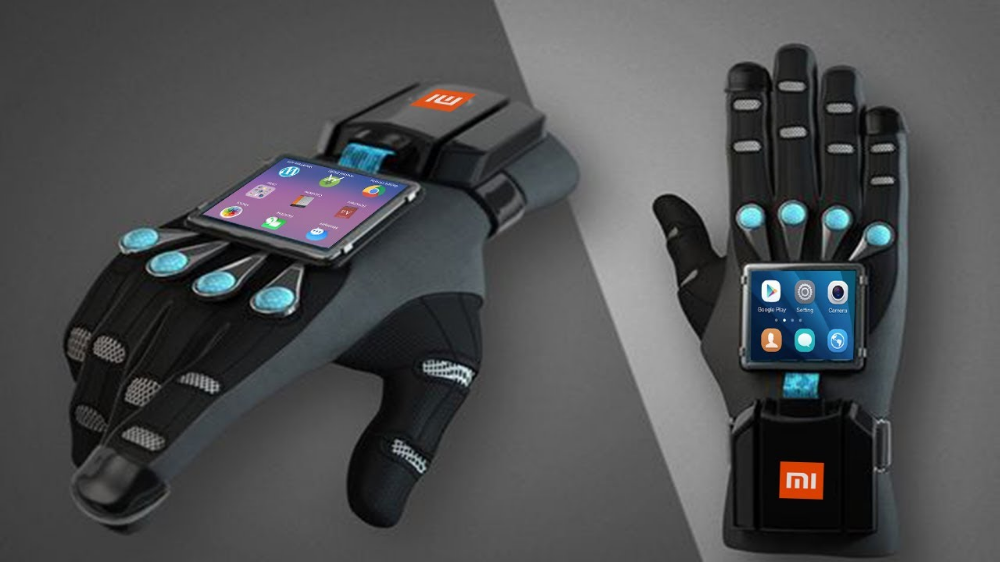
The challenge is not to abandon smart technology, but to use it with intention. The goal is to master our devices, rather than being mastered by them.
- Digital Boundaries: We must consciously set boundaries. This can include designated “phone-free” times, turning off non-essential notifications, and creating tech-free zones in our homes.
- Mindful Consumption: Instead of mindlessly scrolling, we should be intentional about how we use technology. Is this app adding value to my life, or is it just a source of distraction? Am I connecting with others, or just consuming content?
- Embracing the Mundane: In a world of constant stimulation, finding joy in simple, tech-free activities—like reading a book, going for a walk, or having an uninterrupted conversation—is more important than ever.
The story of our relationship with smart gadgets is still being written. The question is not whether they will continue to change us, but how we will guide that change. By understanding their profound impact and choosing to use them with intention, we can ensure that these powerful tools enhance our lives rather than detract from them.
